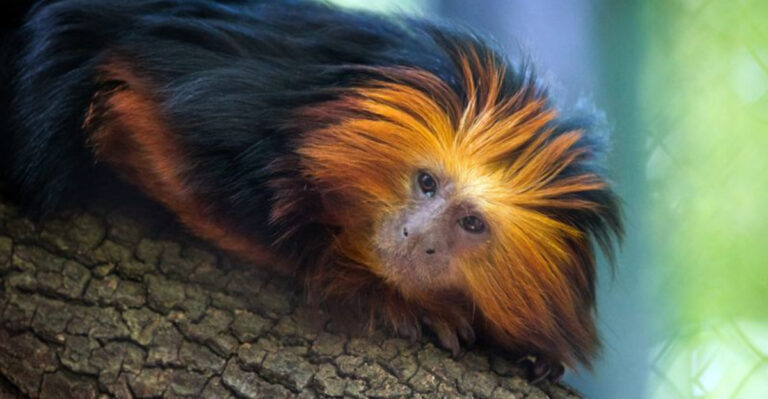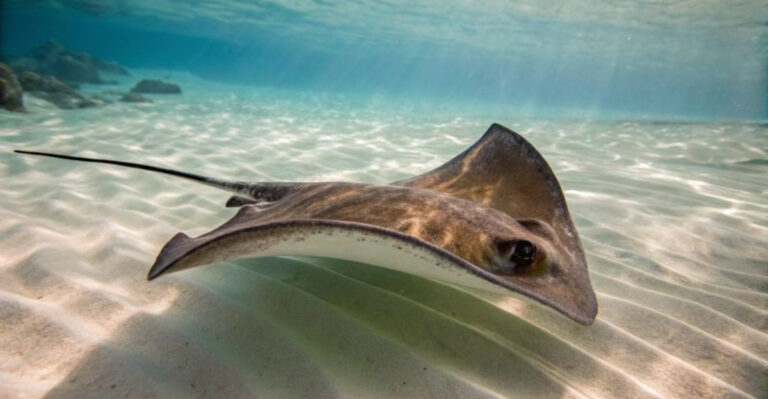12 Elusive Birds Across The Globe That Are Hard To Spot

Bird watching can be thrilling, but some feathered creatures seem almost mythical due to their secretive nature.
Around the world, certain birds have mastered the art of staying hidden, making them legendary prizes for dedicated birders. These elusive species combine rarity, remote habitats, and shy behaviors that keep them largely out of human sight.
1. Night Parrot – Australia’s Phantom Bird
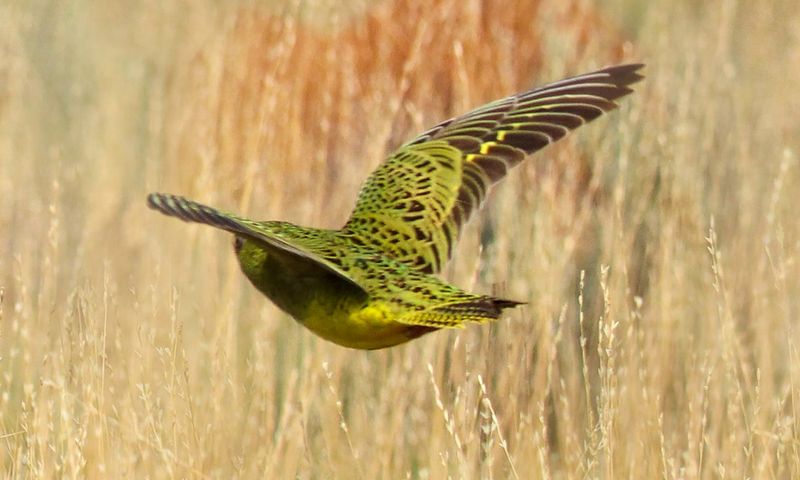
Shrouded in mystery for decades, this emerald-feathered nocturnal parrot vanished from scientific records for nearly a century. Only in 2013 did wildlife photographer John Young capture definitive proof of its existence.
The Night Parrot’s extraordinary camouflage helps it blend perfectly with spinifex grass during daylight hours. Its twilight lifestyle and remote desert habitat make encounters almost miraculous.
2. Marbled Murrelet – The Bird That Nests In Trees
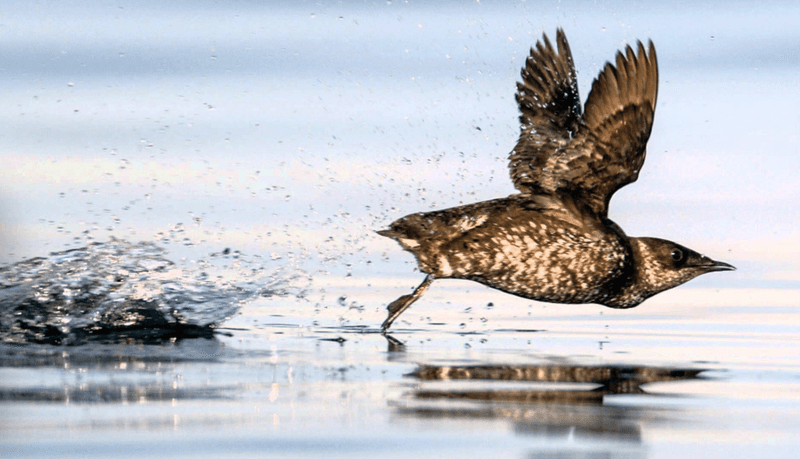
Imagine a seabird that flies up to 50 miles inland to nest atop ancient redwoods! Marine by day and forest-dweller by night, this contradictory creature confused scientists for generations.
Its nesting sites remained undiscovered until 1974. The Marbled Murrelet’s population continues declining as old-growth forests disappear, making this already secretive bird even harder to encounter.
3. Forest Owlet – India’s Lost And Found Species
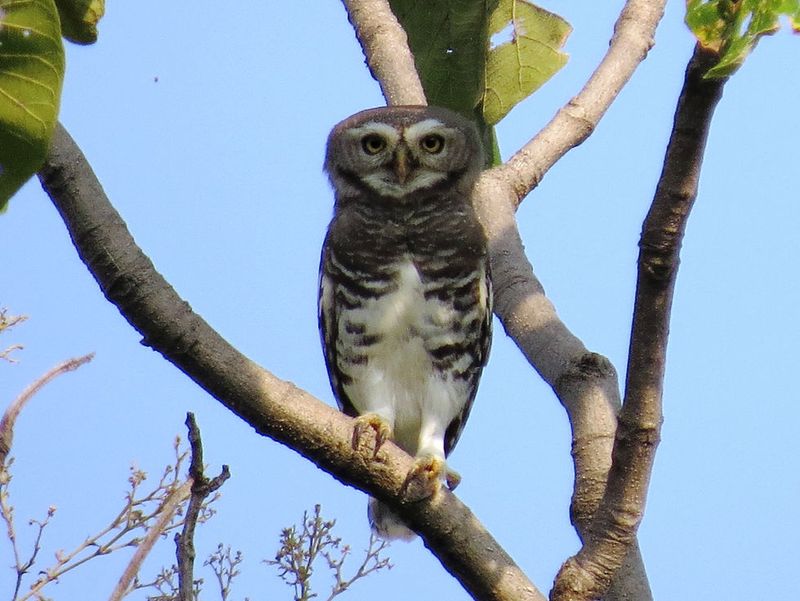
Scientific records showed no trace of this tiny owl between 1884 and 1997. Believed extinct, it dramatically reappeared when American naturalist Ben King spotted one in Maharashtra’s fragmented forests.
Barely seven inches tall, the Forest Owlet hunts during daylight hours—unusual for owls. Its limited range and the dense deciduous forests it inhabits keep this rediscovered treasure largely hidden from human eyes.
4. Imperial Amazon – Jewel Of Dominica
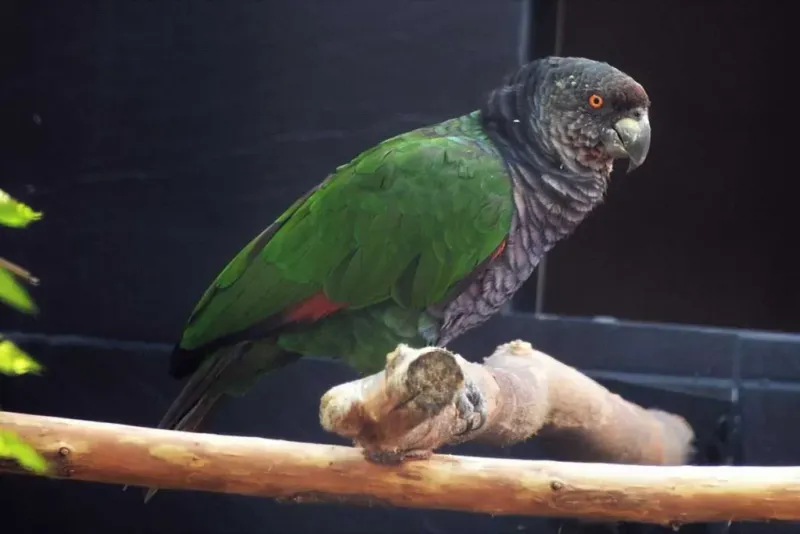
Resplendent in purple, green and red plumage, Dominica’s national bird remains a phantom even to most locals. Fewer than 50 pairs survive in remote mountainous rainforests ravaged by hurricanes.
Morning fog often blankets their habitat, giving birders mere minutes of potential viewing time daily. The Imperial Amazon’s tendency to perch motionless for hours further compounds the challenge of spotting this living rainbow.
5. African Green Broadbill – The Silent Specter
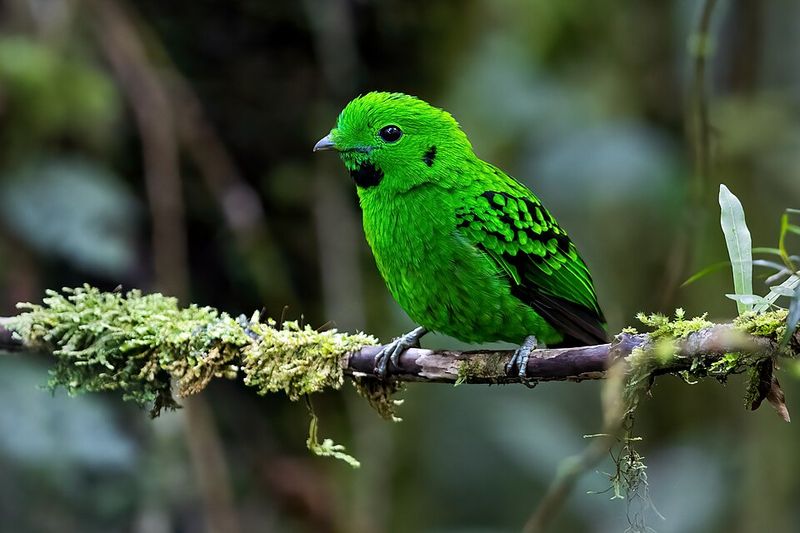
Few birds master invisibility like this lime-green phantom of Central African rainforests. Despite its vibrant coloration, spotting one requires extraordinary patience and usually professional guidance.
Remaining motionless for hours, the African Green Broadbill rarely vocalizes. Its preference for dense forest canopy means that even dedicated ornithologists with decades of field experience might never encounter this living jewel.
6. Cebu Flowerpecker – Once Thought Gone Forever
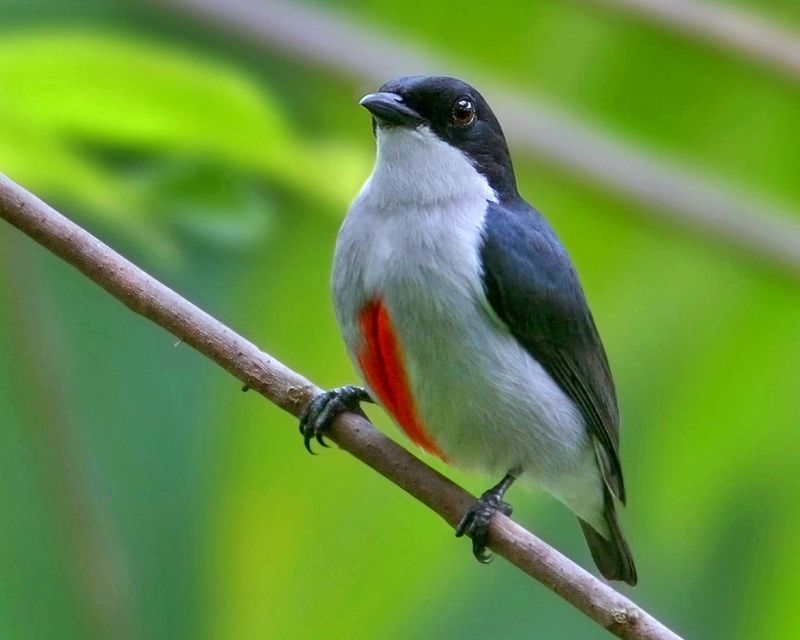
For nearly a century, this tiny Philippine bird was presumed extinct. Its rediscovery in 1992 stunned the ornithological world, but finding one remains almost impossible.
Measuring just four inches long, the male’s striking red, black and white plumage offers little advantage when only 85-105 birds survive. They inhabit just a few forest fragments comprising less than 1% of Cebu’s original forest cover.
7. Gurney’s Pitta – Southeast Asia’s Rarest Songbird
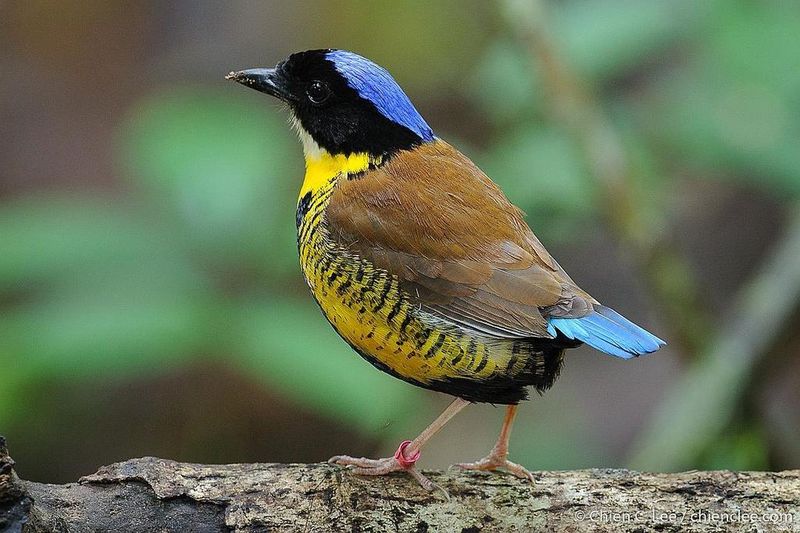
Male Gurney’s Pittas flash brilliant blue crowns and vibrant yellow underparts, yet somehow remain nearly invisible. Their preference for dense undergrowth in Thailand and Myanmar’s lowland rainforests shields them from prying eyes.
Logging and agricultural expansion have devastated their habitat. Current estimates suggest fewer than 50 individuals might survive in the wild, making a sighting comparable to witnessing a living dinosaur.
8. Blue-Wattled Bulbul – A Mystery In Malaysia
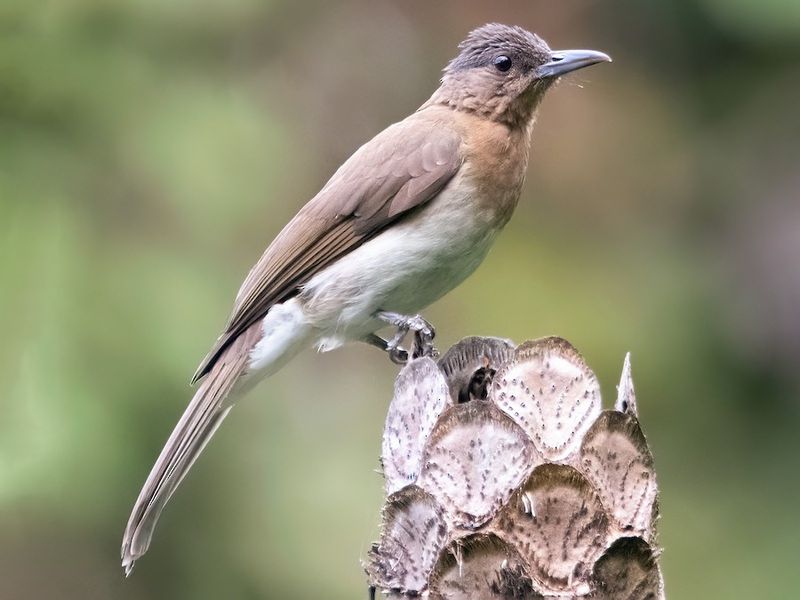
Ornithological mystery doesn’t get more profound than this Malaysian enigma. First documented in 1949, it disappeared until a single photograph emerged in 2007 from Borneo’s remote mountains.
Scientists debate whether it’s a distinct species or unusual hybrid. The bird’s apparent rarity, combined with its preference for nearly inaccessible mountain forests, means that finding one would instantly make a birder legendary among peers.
9. Kakapo – The Flightless Forest Night Watcher
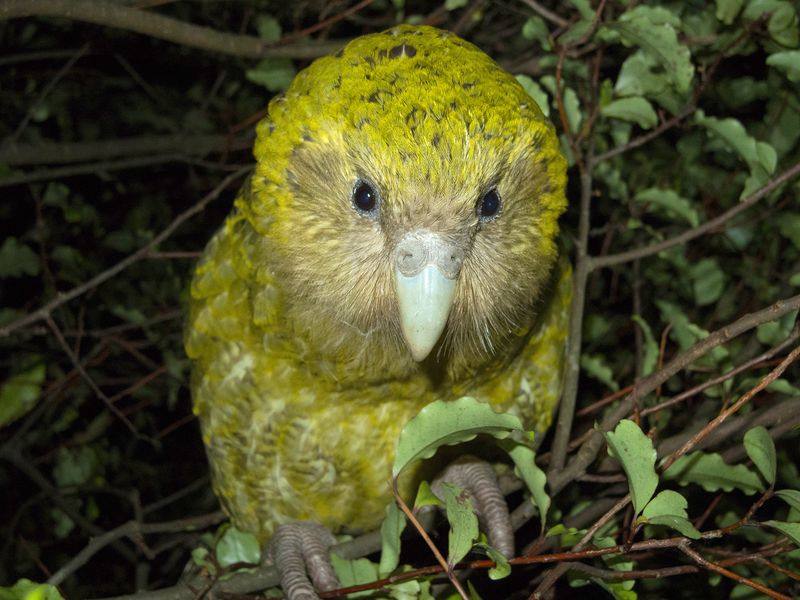
Weighing up to 9 pounds, this moss-green parrot seems more myth than reality. Once widespread across New Zealand, intensive conservation efforts have saved it from extinction, but only about 200 remain.
Nocturnal and flightless, Kakapos freeze when threatened—a defense against extinct aerial predators. Each bird has a name and tracking device, yet encountering one without researcher assistance remains virtually impossible.
10. Rufous-Crested Coquette – The Tiny Hummingbird In Hiding
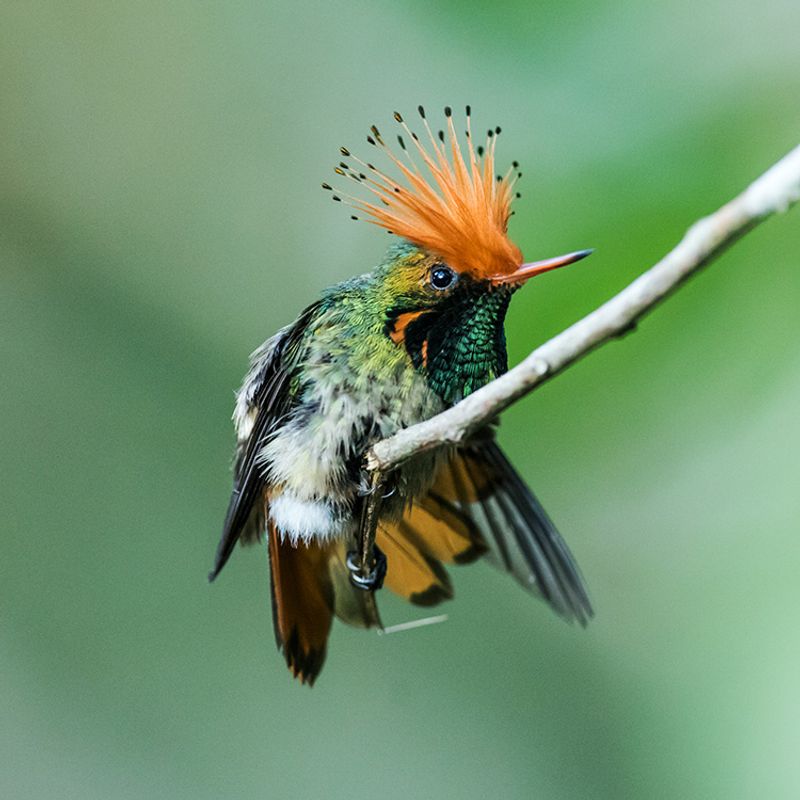
At just 2.75 inches long, this minuscule hummingbird could fit comfortably on your thumb. Males sport an outrageous rufous crest and green spangled throat that belies their incredible elusiveness.
Darting at incredible speeds between forest clearings in Brazil and Peru, these living jewels rarely hover in one spot. Their preference for specific flowering plants in remote locations makes spotting one a triumph even for veteran birders.
11. Orange-Fronted Parakeet – Disappearing Into The Trees

Don’t be fooled by its vibrant name—this New Zealand native wears subtle green plumage with just a small orange band above its beak. Perfect camouflage among beech forests makes spotting one nearly impossible without expert guidance.
Catastrophic population decline left fewer than 50 birds in 1999. Conservation efforts have improved numbers slightly, but their secretive nature and remote mountain habitat keep them firmly on the “birds most birders never see” list.
12. Yellow-Crested Cockatoo – Urban Ghost In Indonesia
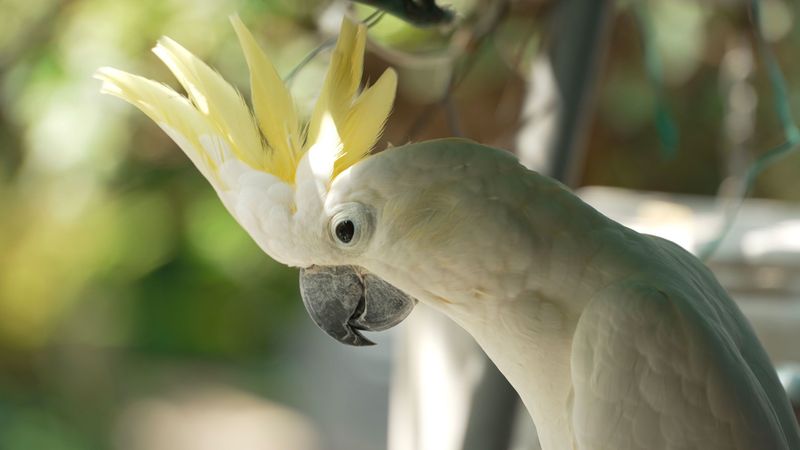
Remarkable for surviving in populated areas despite intense persecution, these white cockatoos with sulfur-yellow crests have mastered invisibility in plain sight. Their numbers have plummeted from tens of thousands to fewer than 2,500 birds.
Once noisy and conspicuous, surviving birds have developed secretive behaviors. They move silently at dawn and dusk, nesting in obscure cavities and fleeing at the slightest human presence—evolutionary adaptation happening before our eyes.

